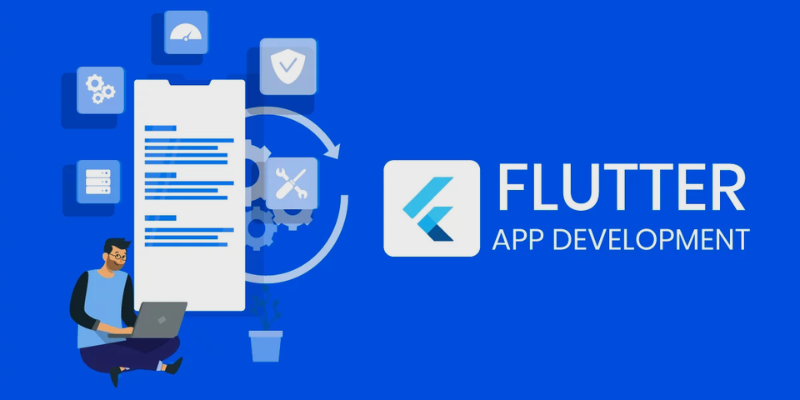Google Flutter has emerged as a powerful contender, transforming how developers approach cross-platform app development. Its unique features and capabilities have propelled it to the forefront of the industry. In this blog post, we’ll delve into the power of Google Flutter and explore how it reshapes cross-platform app development; to learn more about Flutter, join Flutter Training In Chennai offered by FITA Academy.
Google Flutter in Cross-Platform App Development
The Growth of Development Across Platforms
Creating distinct codebases for iOS and Android was a common practice in traditional app development, which added time and effort to the process. The rise of cross-platform development aimed to address this inefficiency by allowing developers to write code once and deploy it across multiple platforms. Backed by the tech giant’s expertise, Google Flutter takes this efficiency to new heights.
The Flutter Advantage
Unparalleled UI Experience: One of the standout features of Google Flutter is its ability to deliver a seamless and consistent user interface (UI) experience across different platforms. Flutter uses a reactive framework, which means changes in the app’s state automatically trigger a visual update. This results in smooth and responsive UIs crucial for engaging user experiences. To learn more about Google Flutter, join Flutter Online Courses to improve your knowledge and ability.
Hot Reload for Rapid Development: Google Flutter introduces the concept of “Hot Reload,” a game-changer for developers. This feature allows real-time code changes to be injected into a running application without restarting. The immediate feedback loop accelerates the development process, enabling developers to experiment, iterate, and refine their code swiftly. This agility is especially valuable in the fast-paced app development world, where quick adaptation to feedback is essential.
Flutter and Native Performance
Bridging the Performance Gap: Performance is often a concern in cross-platform development, with native apps traditionally enjoying an edge. However, Google Flutter has made significant strides in bridging this performance gap. By compiling native ARM code and leveraging the GPU, Flutter apps achieve native-like performance. This is crucial for resource-intensive applications such as games or those requiring complex animations.
Optimal Resource Utilization: Flutter’s efficiency extends to resource utilization, making it a lightweight option for app development. The reduced overhead allows Flutter apps to run smoothly on various devices, even those with modest hardware specifications. This optimal resource utilization contributes to a broader reach for the apps, catering to a diverse audience.
Cross-platform app development has seen the rise of Google Flutter as a force to be reckoned with. It differs from other frameworks in that it can provide a consistent user interface (UI) and capabilities like Hot Reload for quick development and optimal performance. Google Flutter is proof of creativity’s ability to influence future cross-platform development as the mobile app market develops. Consider enrolling in the Software Training Institute in Chennai to increase your proficiency with new software.
Also Check: Flutter Developer Salary for Freshers

